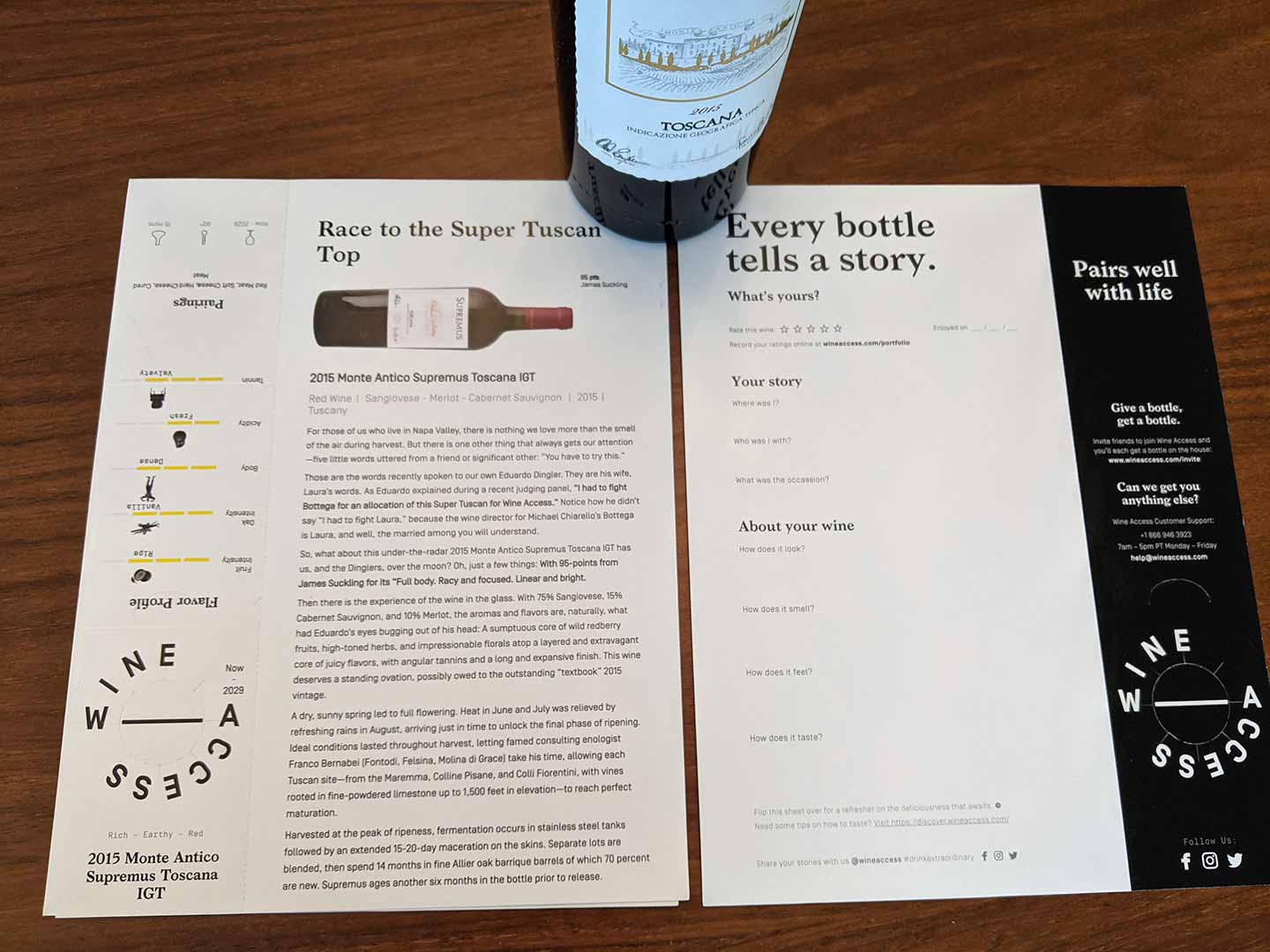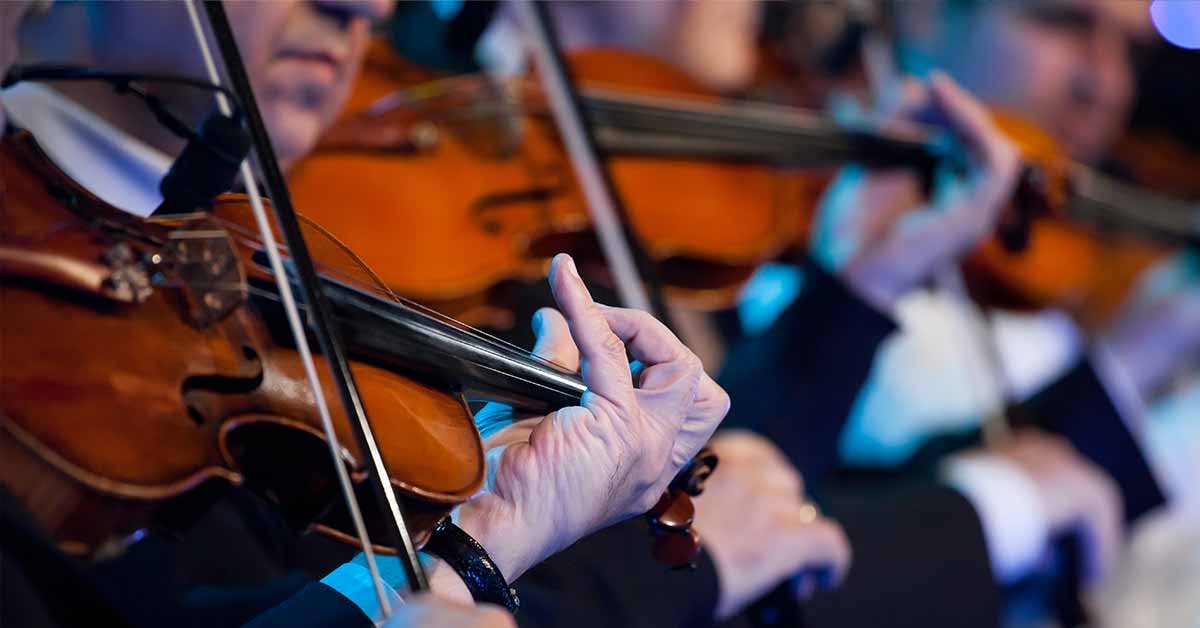As we all prepare for the opening concerts and return to the live events, it’s a good time to think about how we are inviting people into the experience. Clearly there will be the seasoned concert goers who are already looking forward to returning. But there is a huge opportunity to shape the path for more newcomers to the live orchestral experience.
The orchestra industry has a reputation it must shake. You probably can picture all the stereotypes that are keeping newcomers from feeling welcome to come. These stereotypes come in many forms, but here are my top picks for changes:
- The dress code of the orchestra needs to be of our century, not beckoning back to a point where only white men were in the orchestra.
- The new audience members should also have a decent idea of what most people wear to concerts, and that should be spelled out plain as day! Whether in marketing material, photos on Facebook, or concert titles like, “Blue jeans concert series,” it must be abundantly clear to the new concert goer they can come to a concert and feel confident they will fit in, if they wish.
- The music on the programs should not only honor the past, but equally reflect and honor our present.
- Jargon-filled program notes and speeches from stage must go.
The list could go on, I’ve written about these issues ad nauseum!
One might think the odds are against us: Selling tickets to orchestra concerts is a losing battle. We can’t change! We won’t change!
But let’s look at the wine industry, and one key company that saw a similar problem, changed, and saw itself turn into one of the best-selling wines in America.
Selling wines and experiencing wines is like selling orchestral concerts and experiencing those concerts, so let’s compare those:
- Both can have a snootiness or snobbish stereotype.
- Both have jargon-rich words and phrases associated with them.
- Both disappear after they are enjoyed.
- Both are considered a luxury.
- Both can offer an enjoyable or memorable experience.
- Both can make the consumer feel a part of something.
What can the orchestra industry learn from some winemakers? Plenty. Specifically, Yellowtail wine. Yellowtail was created 20 years ago after a considerable amount of research. Everything from learning why people would buy a bottle, to what the taste trends in entry level wine drinkers were gravitating to. That information helped navigate Yellowtail to becoming one of the best-selling wines in America. There are a lot of marketing studies if you would like a deeper dive into the data and strategy, but a few key points stuck out that would help the orchestral world freshen up our brand:
Find Out What People’s Tastes Are, Really
Of course, Mozart and Beethoven are time tested standards. They are great, and people who have not even heard their music usually can recognize their names. But can we say with great certainty that people prefer that music in concerts over other works with less recognizable names?
Have a “blind tasting” of composers and pieces and let people listen without knowing who/what they are listening to. This will eliminate the knee-jerk responses that people think you want to hear. The novice listener may have heard of Beethoven or Mozart, but perhaps tastes of a newcomer might prefer Jennifer Higdon, John Williams, or Quinn Mason. You don’t know until you do the blind test.
In Napa Valley there is a sensory scientist who analyzes what regular people, not experts or foodies, enjoy about wine. The scientist works at one of the world’s largest wine companies, Treasury Wine Estates, which produces at least 70 different labels. At this company, there is “winemaking by committee” where having the taste of amateurs, not just professionals, guides the profiles of various blends.
From author Bianca Bosker’s book, Cork Dork: The sensory analysis marked a radical new philosophy: Instead of bringing wine as it is to people, the producers began bringing people as they are to wine…in developing a wine that, in industry terms, was “created from the consumer backwards.”
This kind of study should be replicated by orchestras, and the benefits would far exceed the cost and effort. After all, this kind of valuable information discovered by blind-testing helped shape some of the best-selling wines that the “experts” poo-pooed. Data proves the real experts are the companies who listened to the people, the consumers.
Make The Experience Accessible And Fun
Part of Yellowtail’s success has been meeting the new wine drinkers where they are. Yellowtail, and similarly Barefoot wines, have marketing down to a science. Their advertisements inform future wine lovers that they will have fun, their wines will taste like “happy,” and there is a comfort associated with the experience; no prerequisite needed.
Alternatively, the mail order wine clubs have shifted into a welcoming and informative endeavor. One can find their way onto a website, say WineAccess.com, and out of personal curiosity, learn along the way in a welcoming format. Each wine listed offers a fresh, fun, and short descriptive story.
Once you get the bottle delivered, Wine Access includes a longer description of the wine, still fresh and fun, with a few antidotal facts. Clear and concise descriptors about the taste and suggested pairings are put in such an easy, jargon-free, way, you never feel stupid or ashamed enjoying your pick. On the back of the card, the buyer is invited to make their own notes with the most inviting manner at the top of the card: Every bottle tells a story. What’s yours?
Can you imagine this kind of interactive card given to concert goers? It makes the experience personal and memorable. Especially since after the product is enjoyed, it’s gone. Some memory would be fun to keep.
Make It Social
A mail order wine club is one thing, but hosting wine tastings are where people can connect over a shared experience, which can more fun. Wine tasting parties can be a welcoming way to try a variety of wines and compare opinions with friends. Blind tasting parties are also fun, where perhaps three bottles of Merlot are offered, a cheap, mid-range, and super expensive are compared. Whatever the outcome, the comradery and memories created from these events build friendships and knowledge in an organic fashion.
Orchestras can easily adapt these kinds of events, even pairing wines with the concerts would be a fun way to encourage people to find connections between the two luxuries. After all, a lot of typical tasting notes or descriptors are often used to describe music, anyway. Dark, rich, light, airy, crisp, fresh, sparkly, etc. etc. etc.
On A Personal Note
While I enjoy an occasional glass of wine, it never started like that. Much like a new concert goer might feel, my ordering of wine in a restaurant for the first time is cemented into my mind forever, and not in a good way.
I was in my mid-twenties, at a restaurant with some people I wanted to impress. I wanted to look smooth and confident in my order. The thick wine binder was handed to me and my dilemma started right then. Is the most expensive the best? Will I be judged for what I order? How do I pronounce what might be my choice? Some of the pressure was self-inflicted, but there wasn’t really a culture to support and welcome anyone interested in trying a wine for the first time.
I felt stupid and just stared blankly at the list. Descriptors of each offering did not help because how does anyone at the beginning level interpret words like: structure, finish, tannins, body, etc.
And if you are thinking, “Well, those are simple terms!” Well, how would the new wine drinker feel if you said that to them? Probably not too good. And that is what we are dealing with in the classical music world. We toss around words that we think are simple while assuming everyone will be onboard with what we’re saying. That’s not always the case, and many times when people agree with us, they are merely pretending to know what we’re talking about for fear of…looking stupid. Just like I felt at that restaurant.
It was because of the entry level wines like Barefoot and Yellowtail that I felt welcome to get curious about other wines. Without realizing it, the journey from those wines cultivated my own curiosity, and that led do my next level. I’m by no means an expert. But that’s not the point! The point is to enjoy the wine, feel good about it, and share with others. Just like music!
Wine Expert Advice
The best advice I received about wine tasting and picking wines was from an unassuming expert. He boldly told me that it never matters what experts think; my choice in my own taste was the most important thing to know. He was suggested to me to know my tastes and ask for suggestions: “I love bold flavors, I don’t like acidy things, my favorite flavor is chocolate. What wine do you recommend?”
Is there a way we can encourage and empower our new concert goers to feel that much freedom and confidence? Yes. Most definitely. Cheers!












A wonderful perspective, Holly, which we should all take to heart—thank you!
Great article and analogy! Not just orchestras but classical musicians in general can learn a lot from the wine industry
Excellent article and a much needed perspective for our industry, Holly.